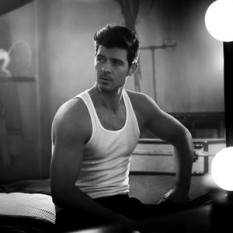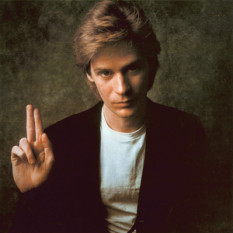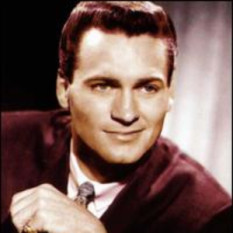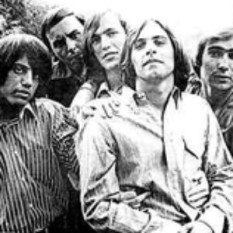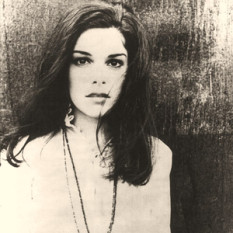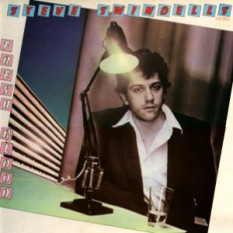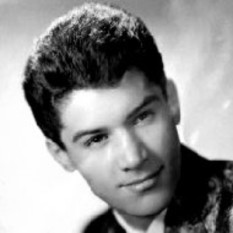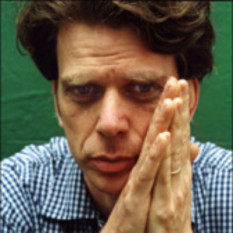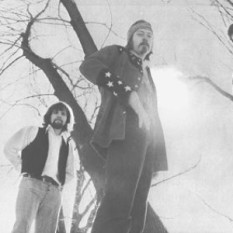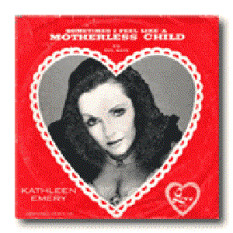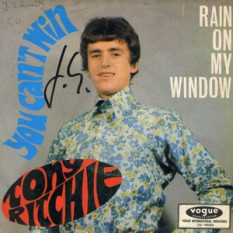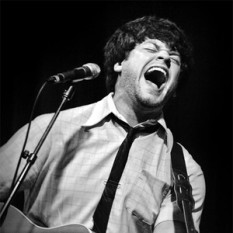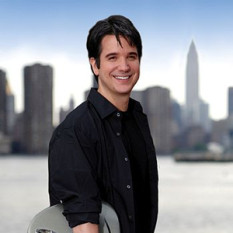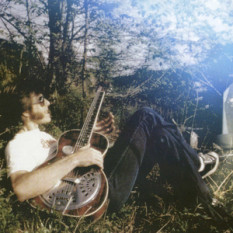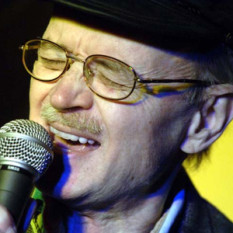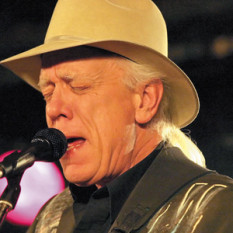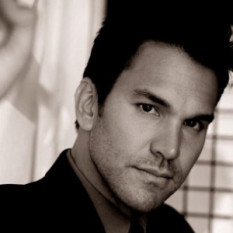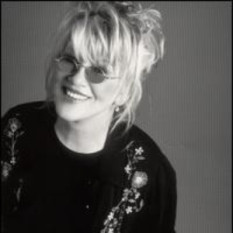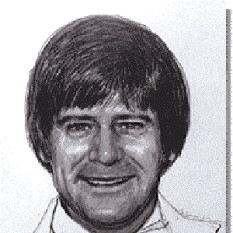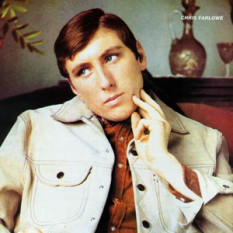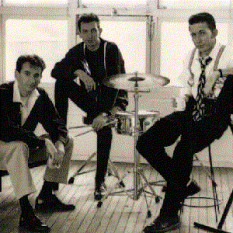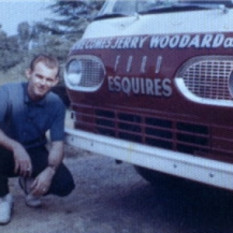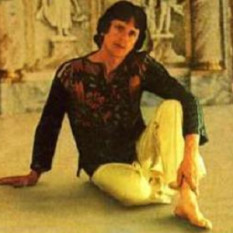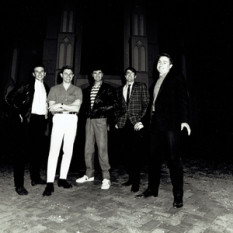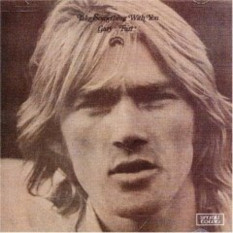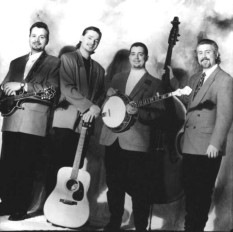Blue-eyed soul (also known as white soul) is rhythm and blues or soul music performed by white artists. The term was first used in the mid-1960s to describe white artists who performed soul and R&B that was similar to the raw, expressive music of the Motown and Stax record labels.
The term continued to be used in the 1970s and 1980s, particularly by the British music press, to describe a new generation of white singers who adopted elements of classic soul music. To a lesser extent, the term has been applied to singers in other music genres that are influenced by soul music, such as urban music and hip hop soul.
Blue-eyed soul began when white musicians remade African American music to play for mass audiences, partly due to segregation laws that prevented blacks from performing for whites. Often the music was diluted for its new audience, a move that angered some African Americans as cultural expropriation, but pleased others who felt the growth of their music genre could only be a good thing. In some cases (most notably The Flaming Ember, Lonnie Mack and The Rascals), white artists initially passed as black singers on the radio - deliberately in many cases, to avoid alienating black radio audiences.
The regional beach music and Carolina shag (a type of dance) trends that originated in the areas around North and South Carolina in the late 1950s were, at least partly, a manifestation of blue-eyed soul. Local white bands backed nationally popular black R&B artists during their tours, and performed on their own at fraternity parties and other college social events. According to beach band historian Greg Haynes, artists such as Bonnie Bramlett and The Allman Brothers (originally known as The Escorts) began their careers on this circuit. Bill Deal and the Rhondels and The Swinging Medallions are beach bands which have charted nationally. Georgie Woods, a Philadelphia radio DJ, came up with the term blue-eyed soul in the 1960s to describe white artists receiving airplay on rhythm and blues radio stations. In the early 1960s, one of the rare female blue-eyed soul singers was Timi Yuro, whom many assumed to be black.
By the mid-1960s, British singers Dusty Springfield, Eric Burdon (of The Animals) and Tom Jones had become leading vocal stars of the emerging style in Europe. Other notable UK exponents of blue-eyed soul included The Spencer Davis Group (featuring singer-organist Steve Winwood) and archetypal mod band The Small Faces, whose sound was heavily influenced by the Stax label's house band Booker T. & The MG's. Most of the leading UK pop groups of the period — including The Beatles, The Rolling Stones, The Kinks and The Who — regularly covered Stax and Motown tracks on record or in concert, and all have acknowledged the influence of Motown and Stax artists on their own music. Outside the Anglo-American scene in the late 1960s, Mina fused elements of soul music with the classic Italian melody. Carola and Doris were notable Scandinavian artists who were influenced by soul music.
Jerry Lee Lewis, whose latter days at Sun Records (1961-63) had been characterized by R&B covers, recorded an album for Smash entitled Soul My Way in 1967. Delaney and Bonnie (Bramlett) produced the classic blue-eyed soul album Home on Stax in 1969. Tower of Power were the first white act to appear on Soul Train, on February 1, 1975. Elton John appeared on the May 17 episode. A notable blue-eyed soul album from the 1970s is Hall & Oates' Silver Album (real title Daryl Hall & John Oates) (1975), which includes the classic ballad "Sara Smile" (long considered a blue-eyed soul standard).
In the 1980s, blue-eyed soul hits were released by artists such as Hall & Oates ("Private Eyes"), Rick Astley ("Together Forever"), and Steve Winwood ("Roll With It"). Boy George, although not having the "black voice", was considered a blue-eyed soul artist because much of the music of Culture Club fit in the genre of R&B. Another 1980s British artist, Annie Lennox, of Eurythmics fame, was often cited as possessing "soul" and went on to record the female empowerment anthem "Sisters Are Doin' It for Themselves" with Aretha Franklin. In the late 1990s, music video channel VH1 proclaimed Lennox to be the greatest living female blue-eyed soul singer. Around the same time as Boy George and Annie Lennox's debuts, audiences were struck by the soulfulness of Teena Marie.
Blue-eyed soul also made a crossover into instrumentals, as evidenced by the smooth sounds of rising star David Sanborn, who had guest appearances on select R&B hits, both by Black and White artists. Eventually, Sanborn laid the groundwork for what is now known as Smooth Jazz, and he has become a major influence on most of the current Smooth Jazz artists, such as Rick Braun, Euge Groove and Mindi Abair.
Hall & Oates' chart success was at its highest when their singles got heavy airplay on urban contemporary (black) radio, as was the case with "I Can't Go for That (No Can Do)", "One on One", "Say It Isn't So", "Adult Education", "Out of Touch", "Method of Modern Love" and "Everything Your Heart Desires". Most of those singles charted high or at #1 on the R&B and dance charts. The boy band New Kids On The Block were also part of the blue eyed soul movement with hits such as "Please Don't Go Girl", the Delfonics covered "Didnt' I (Blow Your Mind)" and their first number 1 hit "I'll Be Loving You Forever". A backlash ensued in the late 1980s as some blacks felt that whites were cashing in on the new popularity of their music. However, the extent of the backlash was not universally agreed upon. In 1989, Ebony Magazine published an article exploring whether whites were "taking over" R&B. The article featured various members of the music industry, both black and white, who believed collaboration was in fact a unifying force and there was agreement that the future of R&B was not compromised by the contemporary urban sound. A similar article in Ebony, written in 1999 highlighted conflicting opinions about the "blue-eyed" influence. However, the source of contention was not about the artistic merit of blue-eyed soul, but rather the economic inequality that persists both in American life and within the music industry.
George Michael was one of the first artists to successfully bring soul to pop music, and also the first white solo artist to sing a duet with Aretha Franklin, in their hit "I Knew You Were Waiting (for Me)". Michael was the first white male vocalist to hit #1 on the US R&B album charts, with his debut album Faith. Faith also is the best-selling Blue-eyed Soul album ever, with worldwide sales of approximately 20 million copies. His fourth single from the album the Ballad, "One More Try", hit #1 in the US Hot R&B/Hip-Hop charts. In 1989 he became the first white artist to win the American Music Award for Favourite Male Vocalist and Favourite Album (Faith) (Soul/R&B). .

